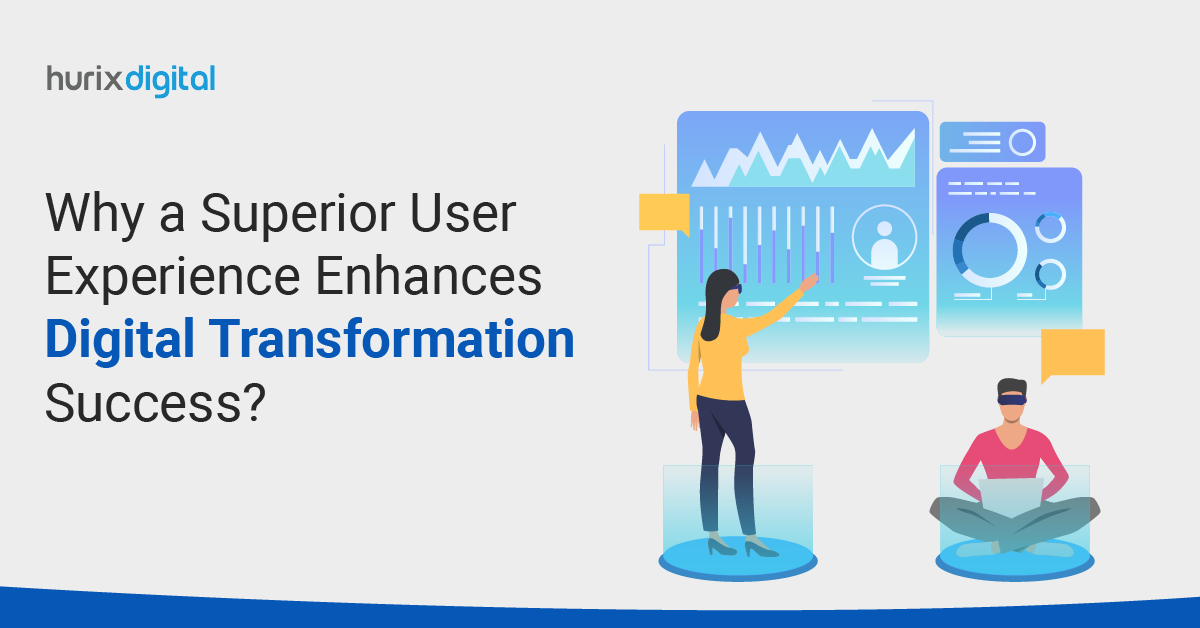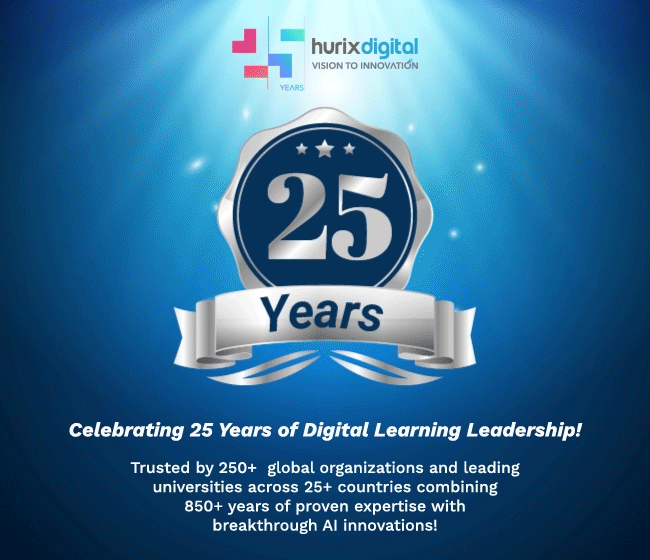
Why a Superior User Experience Enhances Digital Transformation Success?
Summarize with:
Nowadays, every experience seems to have a digital component, and user experience has become one of the pivotal aspects of achieving any successful digital transformation.
According to new research, 88% of users leave a website or app due to an inferior user experience. This alarming figure highlights the need to invest in UX as an essential component for business development and client contentment.
A good user experience increases customer gratification, increases conversion rates, enhances brand loyalty, and ultimately increases revenue. Differentiating the players in the business through user experience (UX) is one way for businesses to survive in the competition and even maintain better relationships with their customers.
Table of Contents:
- The Digital Transformation Imperative
- UX in Digital Transformation: The Missing Piece
- The Benefits of a Superior UX in Digital Transformation
- Crafting Winning UX Strategies for Digital Transformation
- Final Words
The Digital Transformation Imperative
In the current business landscape, firms are embracing digital transformation at an unprecedented rate in a bid to remain competitive, which means leveraging technologies to enhance customer satisfaction, drive innovation, and optimize processes.
- The Changing Landscape: Customers’ expectations are continuously changing. He wants the digital experience to be frictionless and user-friendly at all touchpoints.
- Digital Transformation: Organizations would be forced to transform digitally strategically to achieve updated but sustainable success within the framework of the Digital Age itself.
However, many digital transformation efforts fail. This is where the user experience concept comes into play.
Also Read: Accessibility Considerations in Healthcare Application UX Design
UX in Digital Transformation: The Missing Piece
Technology catalyzes digital transformation. However, it is the user experience that drives it. For example, a user-centric design would ensure that new tools and processes in a firm are easily accessible to a user. In any case, with proper UX design, your conversion rate can improve to as high as 400%.
User experience, known as UX for short, is the design and streamlining of digital products and services to help create easy and pleasant use processes for the end user.
UX serves as a link between users and technology. A well-designed user experience will ensure that your digital transformation efforts are technically solid, user-centric, and engaging.
The Benefits of a Superior UX in Digital Transformation
A seamless user experience (UX) is crucial for effectively implementing digital transformation. By focusing on the end user and creating simple experiences, organizations can ensure better user acceptance, operational efficiency, and even customer service.
1. Higher ROI on UX Investments
Investing in UX yields substantial returns, with estimates suggesting $10 to $100 in ROI for every dollar spent. An optimized UX not only enhances customer satisfaction and loyalty but also leads to repeat business, increased customer lifetime value, and a stronger overall ROI for digital transformation efforts.
2. Enhanced Employee Involvement and Work Efficiency
The rapid implementation of new digital technologies in a digital transformation strategy improves employee adoption of these technologies when a good user experience (UX) design is employed.
This participatory approach to the transformation process reduces resistance and facilitates transitions, which in turn boosts productivity levels.
3. Greater Customer Loyalty and Advocacy
When customers enjoy a good user experience, they are likely to turn into brand champions, creating awareness of the corporation. In other words, satisfied users of a brand are likely to promote the brand, which positively increases its image and organically attracts more customers.
4. Data-Driven UX for Continuous Improvement
Using data and feedback to inform UX design enables continuous improvement of digital products and services. Organizations can identify user pain points, address evolving needs, and optimize experiences over time, ensuring their offerings remain relevant and effective.
5. Greater Adaptability to Market Changes
When UX design is adaptable, it allows businesses to respond quickly to changing market demands and user expectations. A flexible, user-centered design process ensures that digital products remain competitive and aligned with industry advancements, making the digital transformation journey resilient and future-ready.
Crafting Winning UX Strategies for Digital Transformation
A winning UX strategy requires a user-centered approach, a deep understanding of users’ needs, and an effort to concentrate on areas like user research, information architecture, and usability testing.
Here’s a breakdown of essential components for creating an impactful UX strategy:
1. User-Centered Design Approach
Place the user at the core of your design process. This involves conducting user research, understanding their needs and pain points, and iterating on designs based on user feedback. Create detailed profiles of your target users to guide design decisions. Also, conduct usability tests to identify and address usability issues.
2. Prioritizing User Needs and Pain Points
Focus on solving user problems and addressing their specific needs. Make sure your digital solutions are easy to use, navigate, and understand. Experiment with different design variations to optimize user experience. Monitor user behavior and feedback to make ongoing improvements.
3. Design for Accessibility and Inclusion
Ensure digital experiences are accessible and inclusive for diverse abilities and cognitive styles of users. It will cover a larger audience and have a good experience. Adhere to Web Content Accessibility Guidelines (WCAG) so that digital experiences remain accessible to all, even to people with disabilities.
4. Collaboration Between Design and Development Teams
Promote closer collaboration between design and development teams so that the user experience and digital transformation integrate seamlessly with the technical implementation. Develop flexible, agile capabilities, facilitate iterative design, and help in faster testing and feedback cycles.
5. Continuous Improvement
Refining designs through iterative processes informed by user feedback and data insights—such as user behaviors and preferences—is key.
Analytics tools provide valuable data to track how users interact with a platform, highlighting areas of friction and opportunities for optimization. You can create a more personalized and engaging journey by tailoring the user experience to align with individual preferences and behaviors.
Also Read: 5 Reasons Why Accessible Design Equals UX Excellence
Final Words
It isn’t about adding another step in a data-driven UX but a foundational element in the success of a digital transformation.
If you prioritize user experience, you can build an effective winning strategy that will engage more people, improve ROI, and align your organization for future success in this digital landscape.
At Hurix Digital, we understand the importance of UX for enterprise digital transformation. Our team of experts will work with you to develop a user-centered approach and devise winning UX strategies to fuel your digital transformation journey.
Reach out to us to discuss how we can help design the digital experiences that attract your users and make them successful for you.
Summarize with:

Associate Vice President – User Experience Design at Hurix Digital (EMEA), with 10+ years in UX and design leadership. She champions AI‑driven, inclusive, and strategy‑led UX across banking, fintech, EdTech, MedTech, and e‑commerce sectors.
 We’re live! Explore the all-new
We’re live! Explore the all-new 





